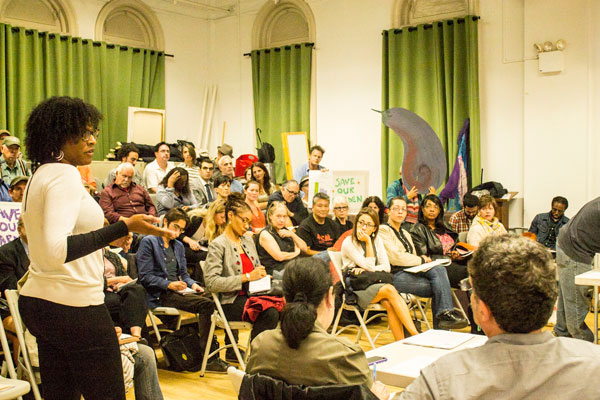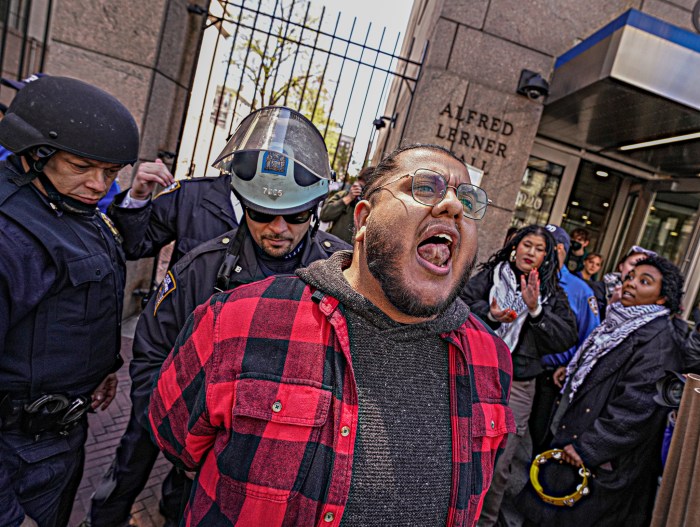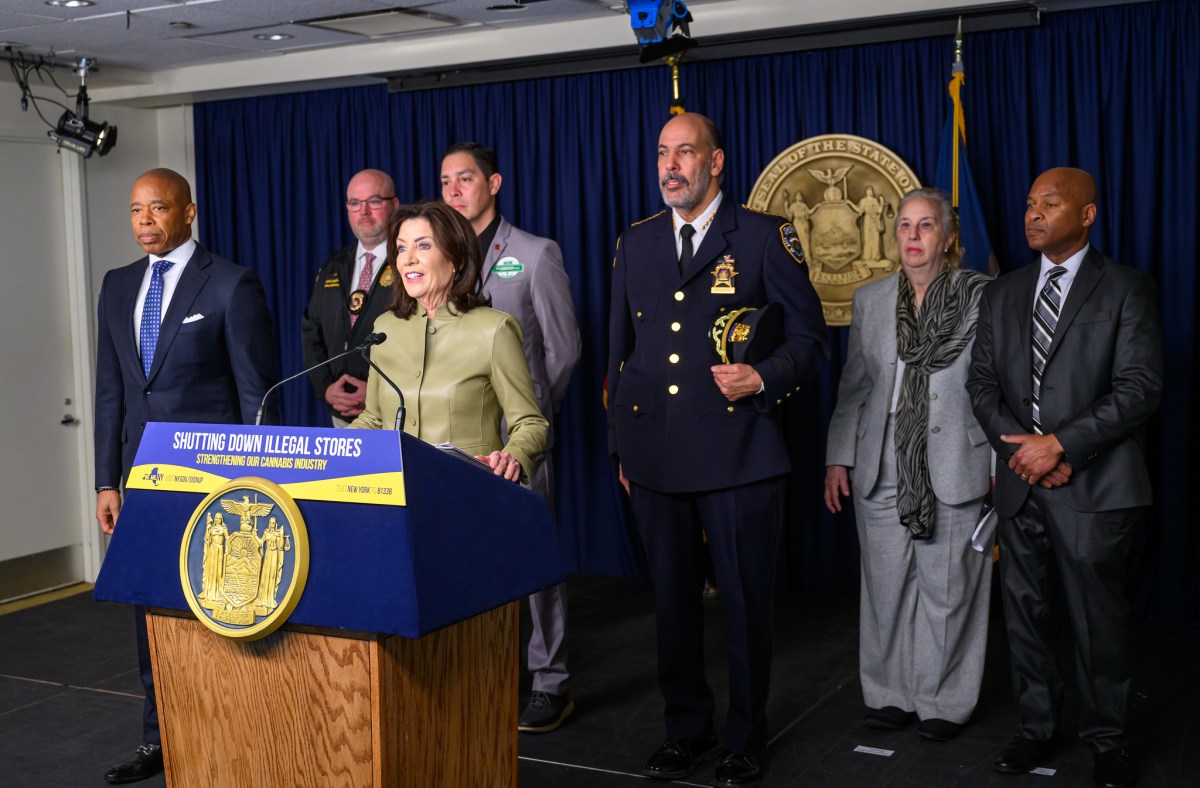
BY ZACH WILLIAMS | Community Board 3’s Land Use Committee voted on Oct. 14 to oppose a proposed 16-unit housing project that would displace the Lower East Side’s Siempre Verde Garden.
At issue are two city-owned land parcels — 181 Stanton St. and 137 Attorney St. — which currently are used by the garden on a temporary basis per a 2012 agreement between the gardeners and the city’s Department of Housing Preservation and Development. The department sought C.B. 3’s support for the city’s plan to divest itself of the property so that William Gottlieb Management Company could develop the parcels, along with its adjacent parcel at 139 Attorney St.
Under the 421-a federal “80/20” program, three units of affordable housing would be included in the project, in return for which, Gottlieb would receive a tax abatement.
But the C.B. 3 committee voted unanimously to urge H.P.D. to make the garden a permanent fixture of the neighborhood. Two committee members abstained from voting, though, contending that the approved resolution should address the issue more widely by urging H.P.D. to turn over more land for permanent community gardens.
Three dozen garden supporters attended the meeting, some waving vegetable-shaped placards.
A petition in support of the garden received more than 1,000 signatures in time for the meeting. Nonetheless, garden supporters were surprised that the committee voted in their favor. As part of the 2012 agreement with H.P.D., garden organizers signed a letter stating they would not oppose future development of the parcels.
“I don’t think I’ve ever been so overwhelmed by the action of a community together,” said Claire Costello, a garden supporter. “Power to the people.”
Thehbia Hiwot Walters, who represented H.P.D. at the meeting, told the committee that the time had come to develop the parcels, especially given the recent push from the city to expand its affordable housing stock.
She said that while she understood the zeal with which activists oppose the plan, the committee should consider the department’s position and the benefits of additional affordable housing.
“My intent coming here was not to have a large fight, because I get it,” said Walters who did not mention the 2012 letter.
An H.P.D. spokesperson said on Oct. 15 that the department is considering the committee’s vote, but did not elaborate on whether the proposed project remains viable. A Gottlieb representative did not respond to a request for comment.
Where the department sees an opportunity to expand affordable housing — albeit on a small scale — the C.B. 3 members see the loss of a popular community garden in favor of project by a wealthy developer.
Committee members agreed that the larger community benefits more from Siempre Verde Garden.
“Three units isn’t worth it,” said Herman Hewitt. “Even if they permanently affordable, it’s not worth it… . The developer is getting the maximum benefit from that small piece of property.”
Critics said that, besides destroying a neighborhood green space, the proposed building would block the windows of next-door apartments and simply would not be a good fit within the “L”-shaped trio of lots.
The project is currently in predevelopment, with H.P.D. officials negotiating details with the developer, a department spokesperson said last week. A public Uniform Land Use Review Procedure, or ULURP, would follow an agreement. There would be the possibility of allowing the gardeners to use another H.P.D. property on an interim basis, should one be available at that time, according to the department.
The department spokesperson told The Villager it was “disappointing” that the gardeners were protesting the project.
Garden supporter Elissa Sampson said the proposed project would not benefit the community the way the garden has since the 1980s. The lots’ mature trees attest to the garden’s presence since the time when many such properties were abandoned during the ’70s and ’80s, she said.
“It’s a bad land use trade-off,” Sampson said last week. “When you have public land, it sets a high threshold for its best and most appropriate usage. In this particular case, the lots are unsuitable for development due to their small and irregular shape, and the small benefit to the community at large provided by an 80-percent luxury development.”
Children learn the basics at Siempre Verde Garden, such as that “salads” grow outside and that raising tasty veggies requires some real physical exertion. On a recent visit, the cherry tomatoes and peppery arugula there looked as high quality as anywhere else. Nearby, though, a pile of flowers had wilted in their pots in the autumn cold. Costello said there were plans to hang these on street signs, but the Department of Transportation permit process proved too difficult.
Through the garden, Costello has become friends with her neighbors and seen the joys of making a green oasis within a landscape of brick, concrete and asphalt. Within the last two years, she has led efforts that literally brought tons of unpolluted topsoil to the garden.
“It’s just made me a happier person,” she said, “and it’s changed my life immensely.”

















